Harmony, Variety, Dominance, Proportion, Balance, Movement, and Economy. These are the seven design principles that I was taught in a class called “Fine Art Design”. Recently it occurred to me that each of these elements can be used, not just to create a great painting, but to build the best version of your one precious life.
The idea came to me when watching Tom Bilyeu interview Tony Robbins. There is a wealth of ideas and inspiration you can get from both of these phenomenal men. The thing that jumped out at me was Tony Robbins describing six human needs that drive our motivation in life:
Certainty, Variety, Significance, Love, Growth, and Contribution.
I could not help noticing the parallel between these six items and the seven design principles that I learned in my fine art design class. Let’s explore each of these components and see how we can make the greatest creative art project ever — your life.
Harmony, Unity, and Repetition

Harmony or unity in the art world is accomplished by choosing similar objects, shapes, or colors to form a cohesive arrangement. It’s about repeating patterns to create an overall theme.
Notice that repetition is also related to harmony. In life, as in art, we really only want to repeat the best things.
Imagine your ideal day. In your wildest dreams, what would you do? Jillian at MontanaMoneyAdventures has a money mentoring series which begins by asking this question. She guides you through a brainstorming session to find components that you love enough to want to practice regularly.
If you could build a dream routine, what would you include? Meditation, exercise, or a gratitude journal? More time for your family or loved ones? Or would it be work that matches your own best abilities and goals? Would you walk in nature or eat better foods?
It’s important to figure out for yourself what you value and to try to align your actions to those things. Not the things society says you should want. Especially not what all the marketing people try to get you to “buy” into.
Similarly, the idea of repetition can be applied to your investing. In an interesting post from Ben Carlson at AWealthOfCommonSense, he builds the case for having a “high tolerance” for repetition in portfolio management. Selecting an asset allocation and sticking with it, making regular and automatic deposits regardless of whether the market is up or down — these are the practices that make future millionaires.
But while regular patterns of living provide a core to your life design and give you a sense of security that we all inherently desire, too much of the same thing can be boring…
Variety, Diversification and the Spice of Life
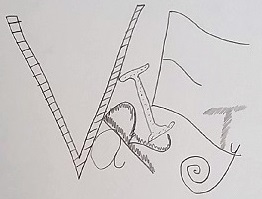
There is a reason people enjoy Escape Rooms. We all need vacations to try out new places, foods, or adventures. Some people go so far as to take a sabbatical, a mini-retirement, or in my case, achieve financial independence and leave the workforce entirely.
Imagine that you look at one corner of an artistic quilt. You wouldn’t want to be able to predict the rest, making it a complete waste to even look at the whole. Varied fabrics and colors in particular places add interest and excitement to a great work.
Variety has many applications in life and in finance. Diversification of your investments is a well-known example. Basically, not putting all your eggs in one basketball 🙂
We just don’t know what we don’t know. There might be new topics, sports, career possibilities or business opportunities out there that would be a better fit for you. Venturing out of your normal routine and comfort zone from time to time exposes you to ideas that you’d never heard of before, opening doors that might change the direction of your life. But only if you expand your horizons and shake things up.
In a recent ChooseFI podcast, Alan Donegan talked about increasing your Zone of Awareness. I met Alan when I stepped into another world last fall when I shook up my own routine to attend a Chautauqua in Greece. What a memorable experience!
“Getting your head up, searching, looking, letting people know…all of a sudden this world of possibility opens up that just wasn’t there before. There are incredible jobs, incredible things [food critic, caregiver for an island, blogger, Lego Professor, etc.]…things you can do to earn money. You’ve just got to be aware of them.”
Lego professor. You’ve got to love that!
Dominance — Having a Focal Point to Focus On

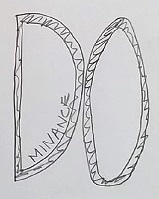
Great works of art have a focal point. One thing that catches the eye, attracts your attention, and acts as the main emphasis of the piece.
What’s your passion? Your expertise? The big thing in your life? You might not have found it yet. Or created it.
You’re probably too young to remember the 1991 movie “City Slickers”. It’s a story about a guy experiencing a mid-life crisis. Stuck in a rut and unhappy with life, he goes on a cattle drive to get his smile back. One of the memorable exchanges from that movie sticks in my head:
Curly: You know what the secret of life is?
Mitch: No, what?
Curly: (holds up his leather gloved hand and points his index finger) This.
Mitch: Your finger?
Curly: One thing, just one thing.
Mitch: That’s great, but what’s the one thing?
Curly: That’s what you’ve got to figure out.
If you haven’t figured out what that one thing is, maybe you could try “serial dabbling”. You never know, you might just find yourself on a cattle drive or doing one armed push-ups. Everyone is unique. Finding your authentic passion can be hard but truly fulfilling. And it may change from time to time as one passion often leads you to another.
Proportion and Scaling
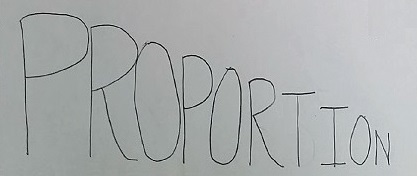
“Your Money can Earn More than You Can”.
Those were the words I heard my uncle tell my Dad when I was 10 years old, explaining why he invested in real estate. I was too young to even have my first job, but somehow that odd way of thinking caught my attention and influenced me to think in a different way.
The idea is scaling. It is a concept that applies to art and money in similar ways. In a painting, objects or people need to relate to each other in size, putting everything carefully into “perspective”.
To scale a business, for example, you have to find ways of delegating work that you personally do, or ways of duplicating or automating the production. It’s the idea that your efforts need to be geared towards exponential rather than linear growth. Similarly, with the magic of compounding, your investments can grow to the point where you can be financially free enough that your work becomes optional.
I was recently reminded of another area where artistic proportion can be applied to life design. In a post about scarcity vs frugality, Tonya from BudgetAndTheBeach makes reference to Steven Covey’s “Big Rocks” analogy. If you haven’t read that before, it is a story of someone filling a jar with different sized rocks. You can only get the “big rocks” in there if you put them in first.
So, as you design your best life, keep everything in proportion and give those big things your top priority.
Balance, Pacing Yourself vs Pushing Yourself

No matter how you fill the “canvas” of your life, it needs to have a sense of balance.
In a memorable post from Fritz at Retirement Manifesto, he talks about the Ten Commandments of Retiring. In it, he tells the story of a classmate who committed suicide. His instructor described his life like a wheel with really uneven spokes. That wheel just didn’t roll right.
As you consider changes to make, it’s important to seek balance.
And yet, I’ve recently come across a different perspective on balance and it’s even referred to in the art world — asymmetrical balance. It’s like moving the pivot point on that seesaw to one side, but still it balances out with something weightier on the other.
This concept is talked about in the book, “The Passion Paradox”, which explores the benefits of the unbalanced life. The idea is that the one thing that is driving you needs to be carefully cultivated. You can ride that fine line of putting more than 50% into the thing you love, but still striving not be burnt-out, injured or moody.
“Life is Like Riding a Bicycle. To Keep your Balance, You Must Keep Moving.” — Albert Einstein
Movement and the Growth Mentality

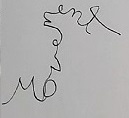
One of my favorite lines is from the book Stones from Ibarra. Reflecting on a gathering of people, assembled against all odds, she writes:
“What eruptions had shaken them loose from their earlier patterns of living, lifted them to the fearful brink of choice, only to deposit them at crossroads poorly marked?”
A static piece of art can be dull and lifeless. It may seem hard to achieve, but great works of art have a sense of movement. It can be implied with shifting shapes that move the viewer’s eye. Or it could be real, like the mobiles that Alexander Calder introduced into the art world. Video, dance, music can grab our e-motions and change them.
The greatest movement in your life is found through growth. In her book titled Mindset: The New Psychology of Success, author Carol Dweck asks “What did you learn today? What mistake did you make that taught you something?”
This mindset is a belief that our failures are temporary. It allows us to move towards success, pushing through our fear, with the belief that with effort we can adapt and grow, accomplishing things that today might seem impossible.
The first step towards getting somewhere is to decide that you are not going to stay “where” you are.
Economy — Just the Essentials
A quilter friend of mine taught me a lesson from a workshop she enjoyed. The teacher would have a student pick up a new fabric to test on the piece in progress. She asked “Are you glad it arrived? Will you miss it when it’s gone?”
I have a warm sense of the creative process when I visualize that for a beautiful quilt. The idea of sampling, choosing, and editing evoke a positive feeling of expression. A sense of trust in my gut comes through to guide me.
Many men go fishing all of their lives without knowing that it is not fish they are after. — Henry David Thoreau
For the “fabric” of YOUR life, take a lesson from minimalism and learn how to remove activities and things from your life that aren’t what you really love.
Final Thoughts
“Every human is an artist. And this is the main art that we have: the creation of our story.” —don Miguel Ruiz
Not long before my Dad passed away, I made this collage portrait of him, which I call “The Multi-Faceted Man”.

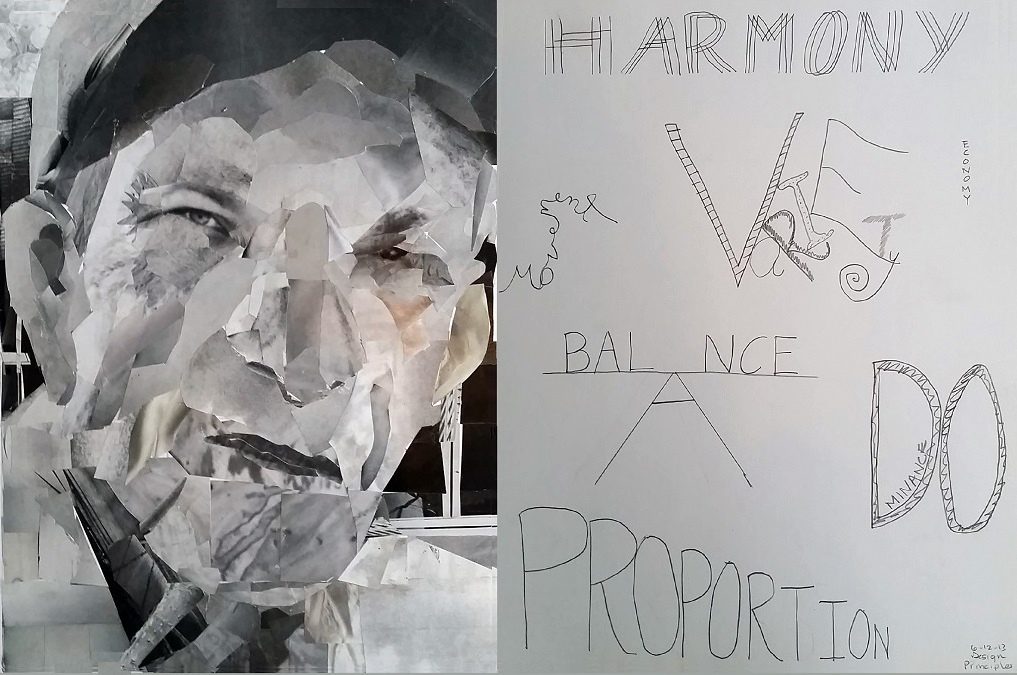


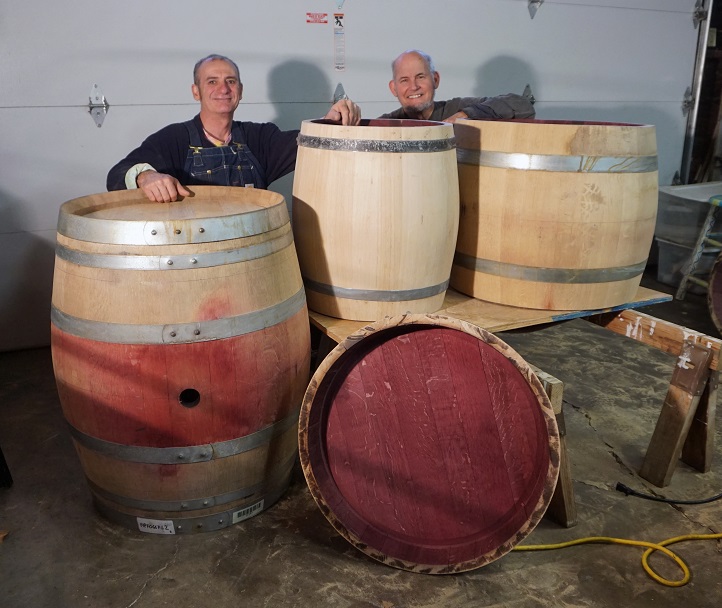
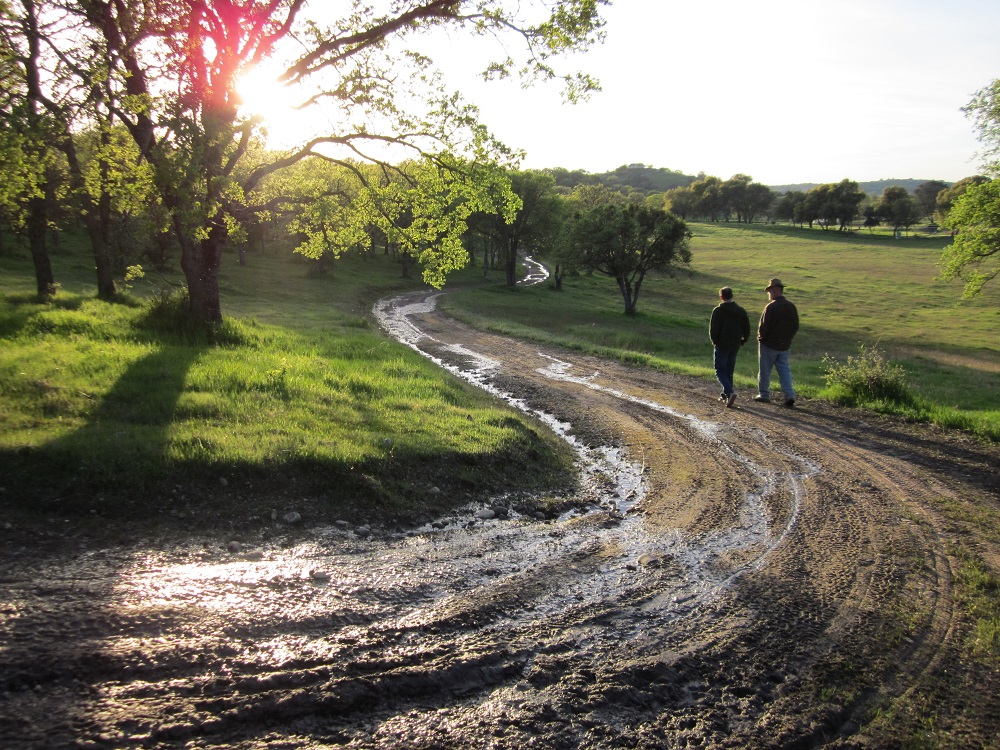
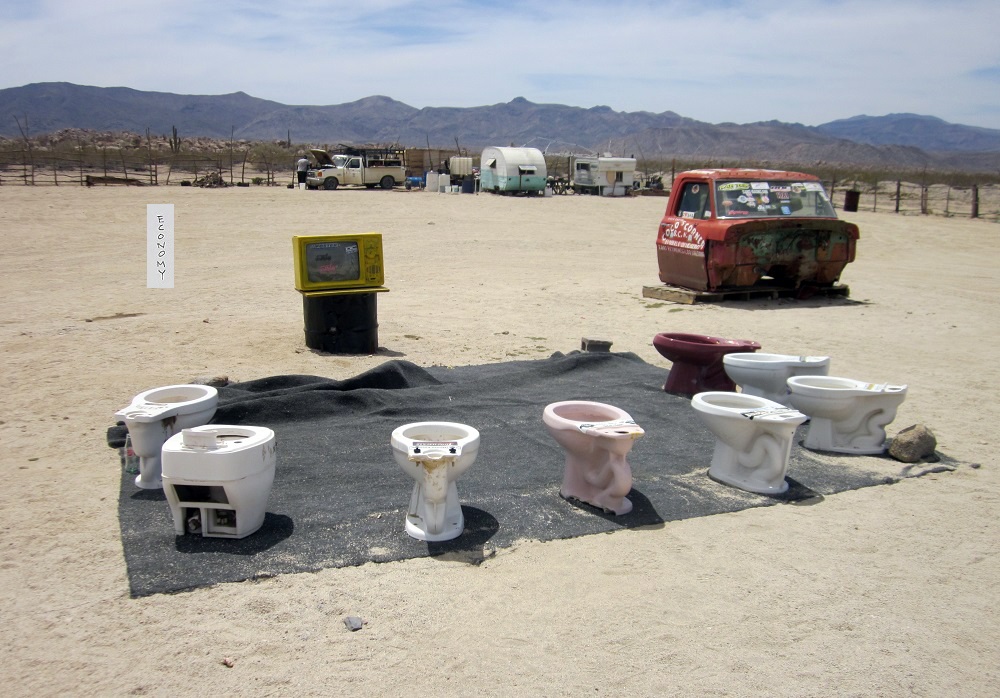

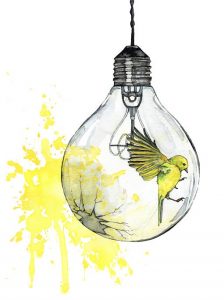
You don’t post much but when you do you post zingers. This is great, and filled with great quotes. I used the Einstein quote in a post of my own last year and it’s no surprise he was a cyclist 🙂
I’m definitely a serial dabbler, and I’m starting to think I will always be. I just like trying and doing different things, and I’m not sure if any of them are my “one thing”. Finding the one thing seems like a lot of pressure and stressful!
I’m a serial dabbler too. In fact, is it possible that serial dabbling IS my one thing? Sounds funny, but that is kind of how I’ve set up my life in financial freedom. So, Einstein loved cycling. Maybe cycling was actually his one thing and he did astrophysics just to pay the bills. It’s great to hear from you. Thanks for your comment.
So much in this post that is thought-provoking! Thanks for sharing. Finding “one thing” to focus on is tough. That’s why I keep floating around among so many career and life goals, I guess!
Hi Kate. I’m happy to hear that the post got you thinking. Finding things you love doing and developing new skills can be very rewarding, but challenging too. I’m similar to you, and I just heard an interview on Tom Bilyeu with Trent Shelton, who said that your purpose can simply be bringing the unique “you” to all that you do. So, we variety lovers are okay to move around!